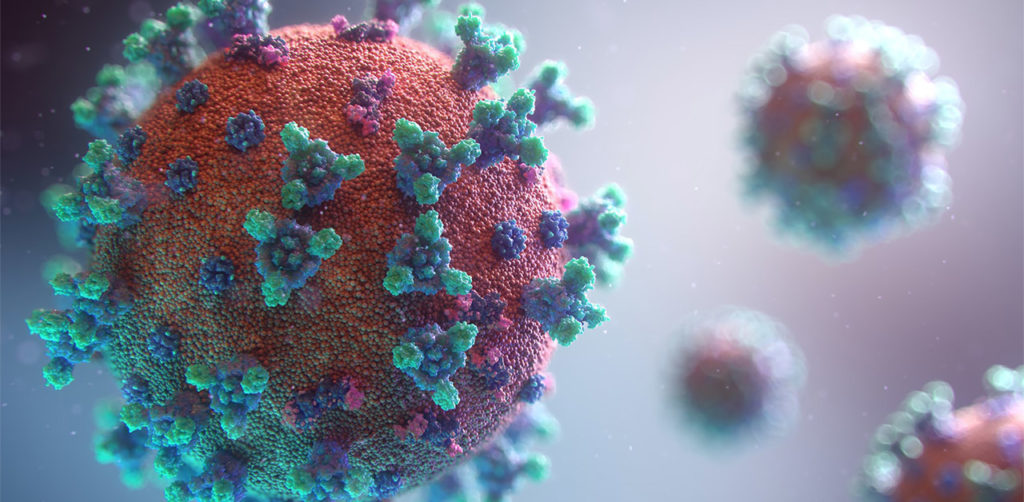The spike protein of the SARS-CoV-2 virus is a very commonly researched target in COVID-19 vaccine and therapeutic studies because it is an integral part of host cell entry through interactions between the S1 subunit of the spike protein with the ACE2 protein on the target cell surface. Viral proteins important in host cell entry are typically highly glycosylated. Looking at the sequence of the SARS-CoV-2 virus, researchers predict that the spike protein is highly glycosylated. In a recent study, researchers conducted a glycosylation analysis of SARS-CoV-2 proteins using mass spec analysis to determine the N-glycosylation profile of the subunits that make up the spike protein.

Glycans assist in protein folding and help the virus avoid immune recognition by the host. Glycosylation can also have an impact on the antigenicity of the virus, as well as potential effects on vaccine safety and efficacy. Mass spectrometry is widely used for viral characterization studies of influenza viruses. Specifically, mass spec has been used to study influenza protein glycosylation, antigen quantification, and determination of vaccine potency.
Wang et al. from the Centers for Disease Control and Prevention (CDC) performed mass spec data acquisition using an ion-triggered Electron-Transfer/Higher-Energy Collision Dissociation (EThcD) method. The EThcD method provides a technique for collection of glycan and peptide fragmentation information in a single spectrum. The researchers digested three recombinant versions of the SARS-CoV-2 spike protein (stabilized, unmutated, and the S1 subunit), as well as SARS-CoV-1 spike protein and MERS-CoV S1 subunit for comparison, with various enzymes including Trypsin, Chymotrypsin, Asp-N, and Lys-C . The protein digestions were analyzed by bottom-up LC-MS/MS analysis. The researchers found that while the proteins were all highly glycosylated, there were significant variations in types of glycans found. They also observed that a specific type of glycan, sialylated glycans, were more likely to be found in the S1 subunit than in the full-length protein. They postulate that this could mean there are definite differences in the structure and function of these two proteins.
Performing glycosylation analysis of SARS-CoV-2 proteins can help researchers understand how the proteins interact with other proteins or host-cells, in turn helping scientists develop vaccines and therapeutics.
For more details on the materials and methods used by the CDC in this research, and more about their results, find the paper here.
Are you looking for proteases to use in your research?
Explore our portfolio of proteases today.
Article Cited
Wang, D. et al. (2020) Comprehensive Analysis of the Glycan Complement of SARS-CoV-2 Spike Proteins Using Signature Ions-Triggered Electron-Transfer/Higher-Energy Collisional Dissociation (EThcD) Mass Spectrometry Analytical Chemistry 92, 14730–9.
Related Posts
Latest posts by Leah Cronan (see all)
- Mass Spec for Glycosylation Analysis of SARS-CoV-2 Proteins Implicated in Host-Cell Entry - November 10, 2020
- Proteomics from a Different Point of View: Introducing ProAlanase, the Newest Mass-Spec Grade Protease from Promega - August 7, 2020
- Go fISH! Using in situ Hybridization to Search for Expression of a SARS-CoV-2 Viral Entry Protein - July 10, 2020
